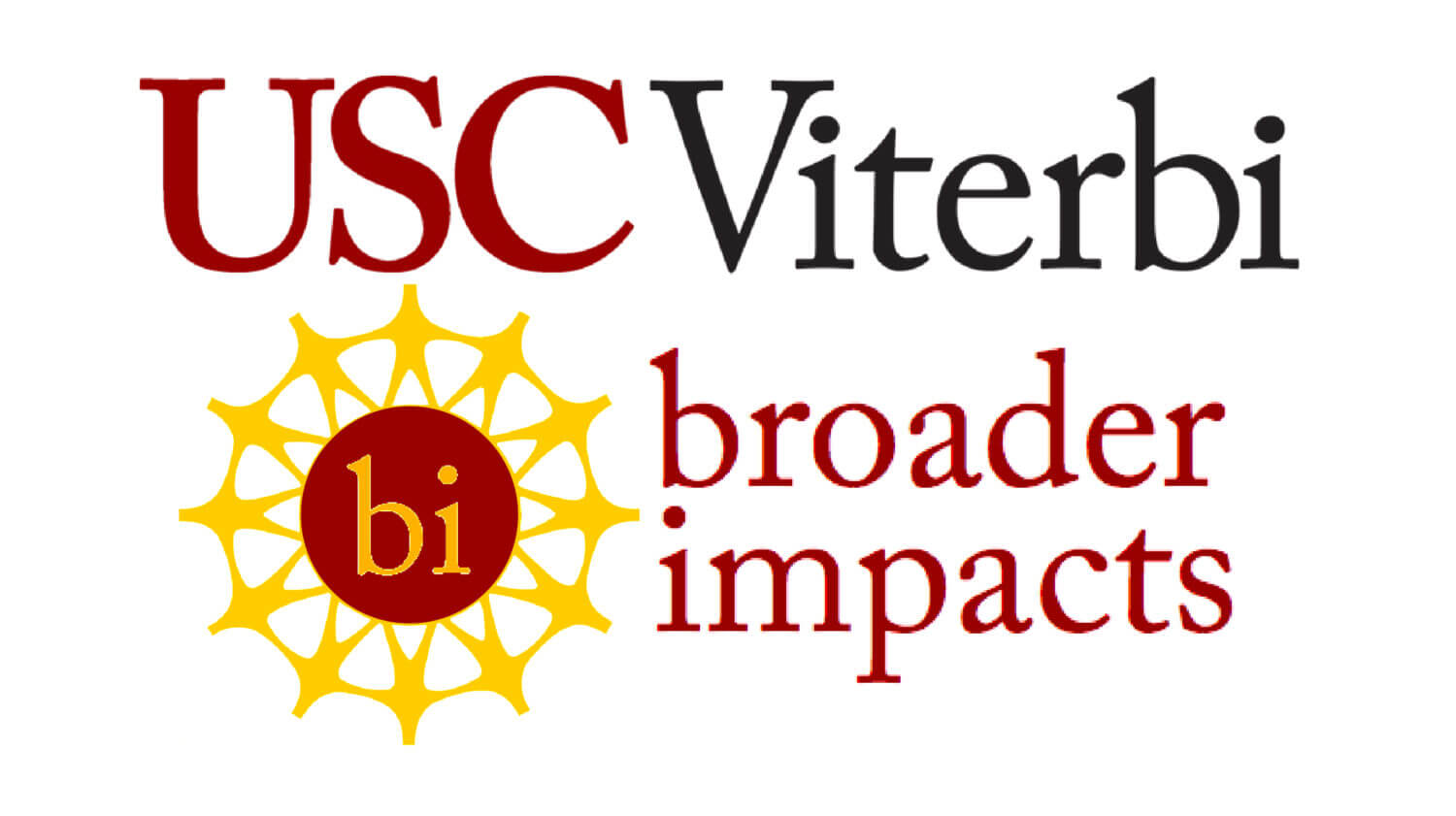
NSF Career Award Recipients
The K-12 STEM Center has helped the NSF Early Career Award winners of the past few years with their Broader Impacts
FAQs
National Science Foundation (NSF) proposals are reviewed on two criteria: Intellectual Merit and Broader Impacts. Broader impacts are the societal impacts of a proposal and “may be accomplished through the research itself, through the activities that are directly related to specific research projects, or through activities that are supported by, but are complementary to the project" (NSF, 2020 PAPPG pp 44).
USC Viterbi’s K-12 STEM Center works closely with faculty to create innovative partnerships with local schools and/or nonprofit organizations that serve students in Kindergarten through high school and particularly encourage participation by K-12 students who are underrepresented in STEM. The K-12 STEM Center does not have the capacity to run a unique program for you.
Review the following resources to help you get started:
1. NSF 101: Five tips for your Broader Impacts statement
2. Perspectives on Broader Impacts
Submit this interest form to set up a meeting to discuss your ideas with our Center’s team. If you are applying to the NSF CAREER program this year, we recommend the following timeline to ensure that we can best support you (e.g. Letters of Collaboration are needed by early June, as they are not available in the summer).
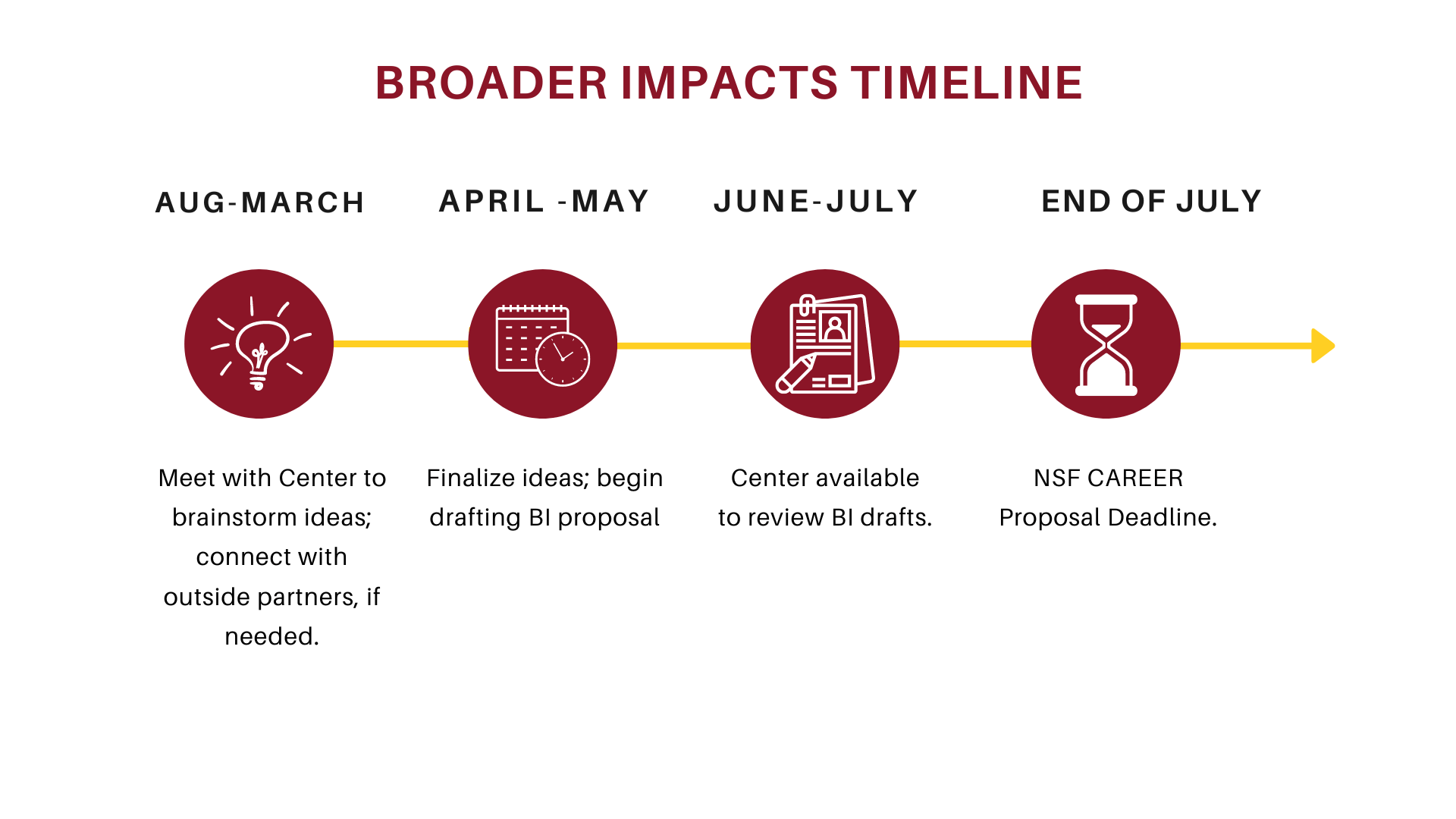
Examples From USC Viterbi Faculty
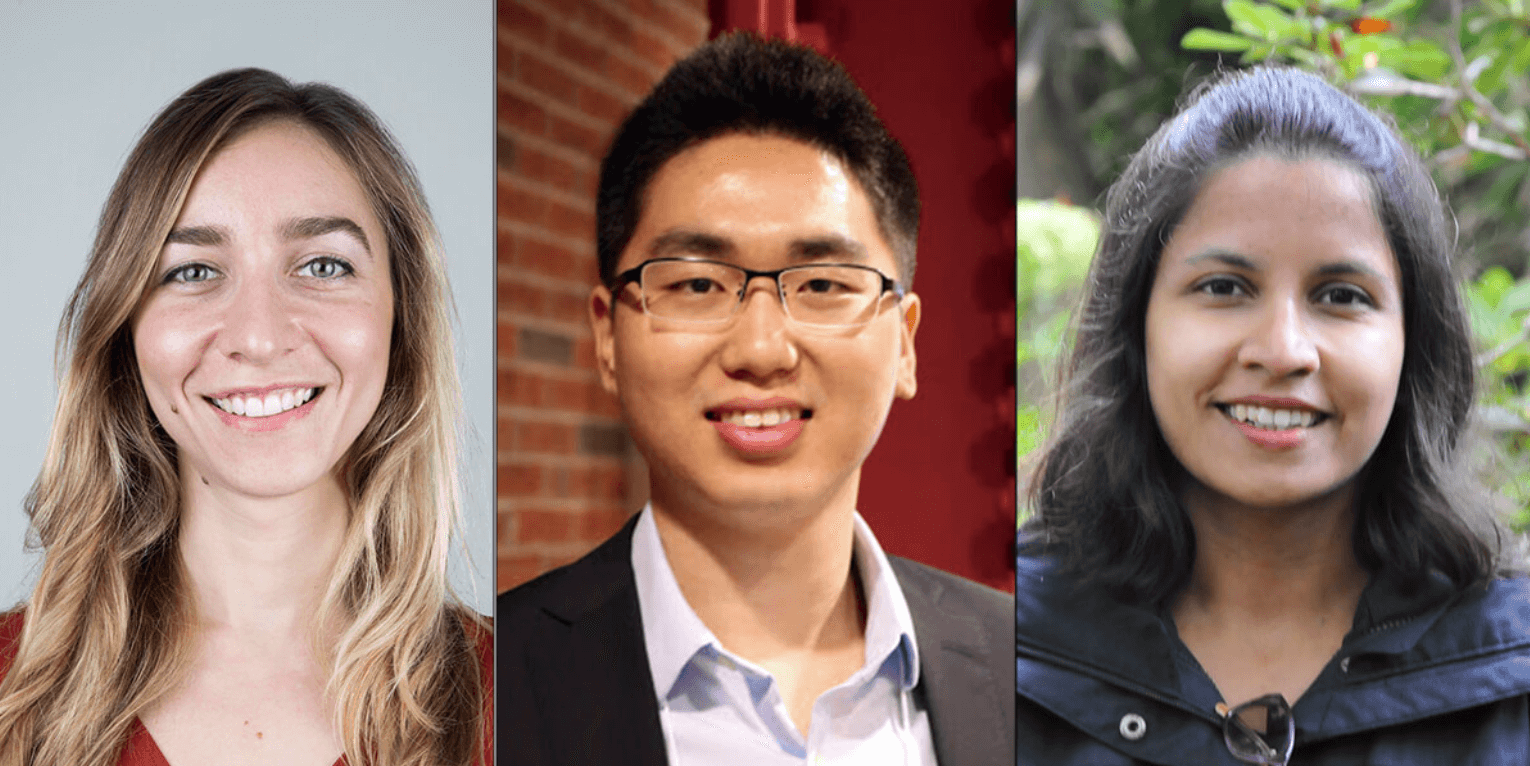
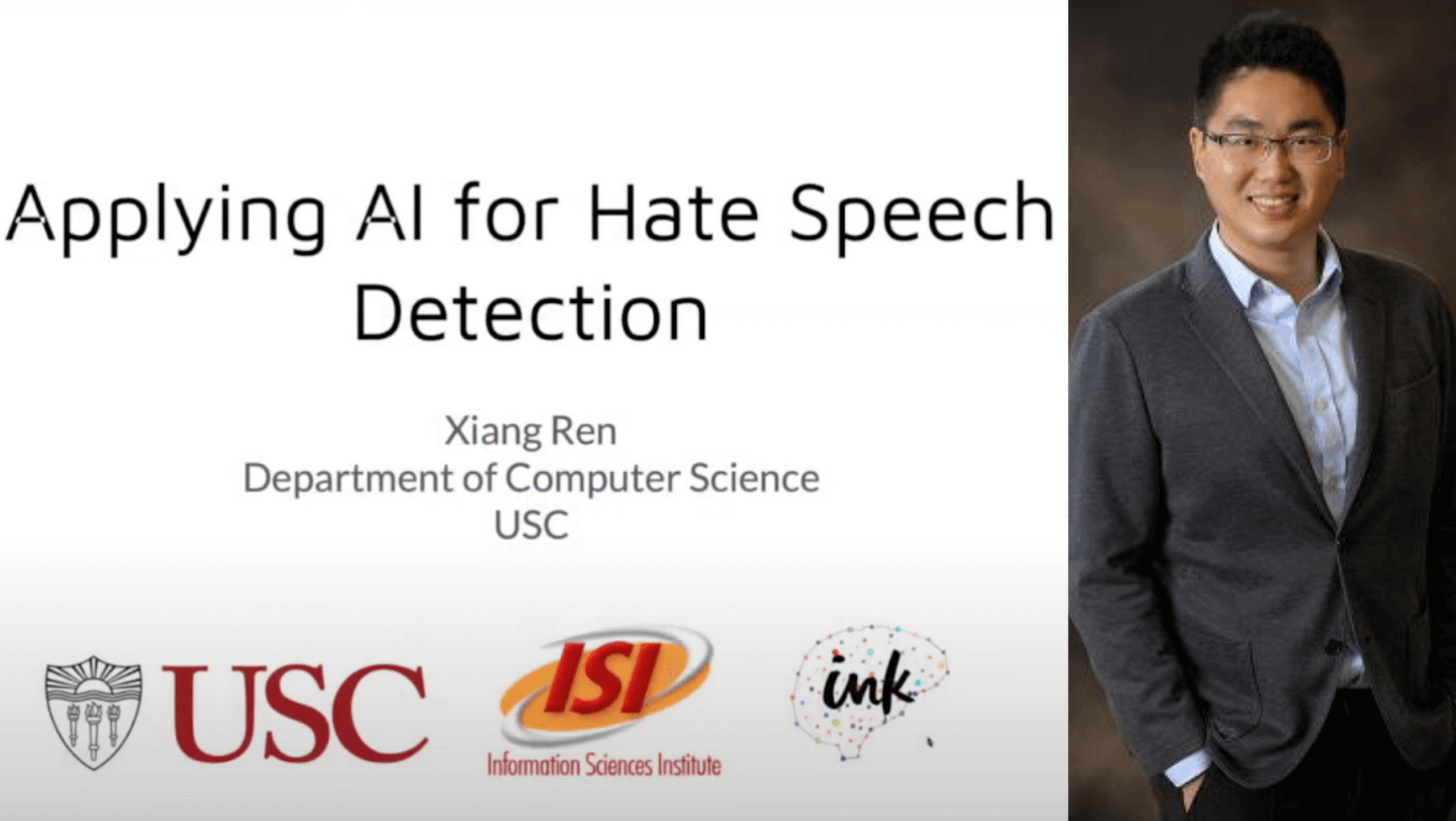
The Hunt for Hate Speech: Local High School Students Learn from CS Professor
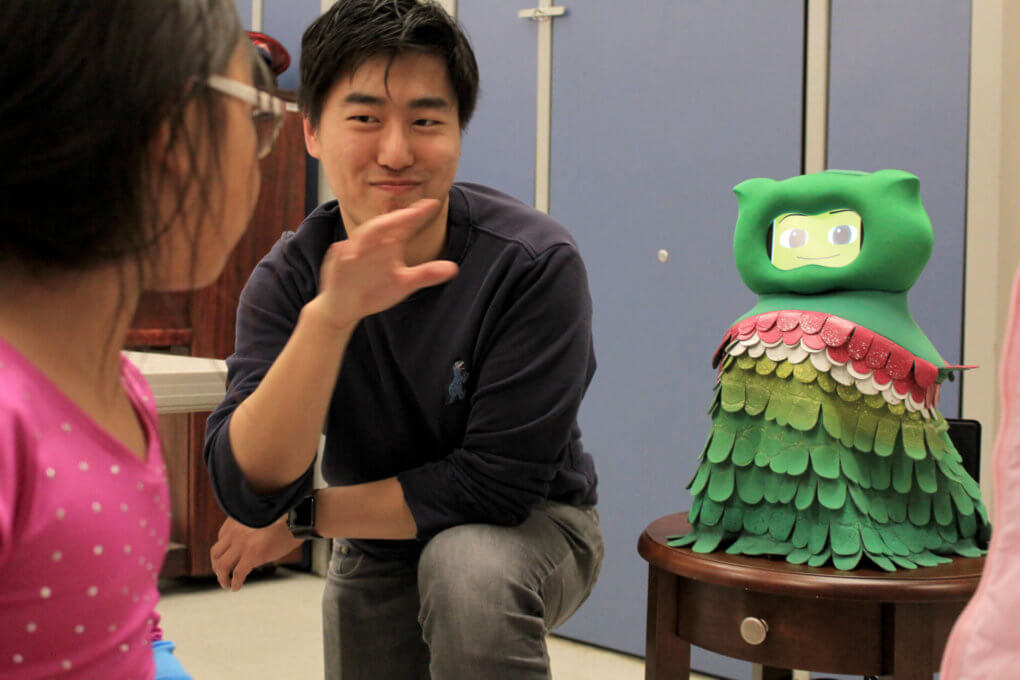
Robotics Night sparks play, wonder at MHS
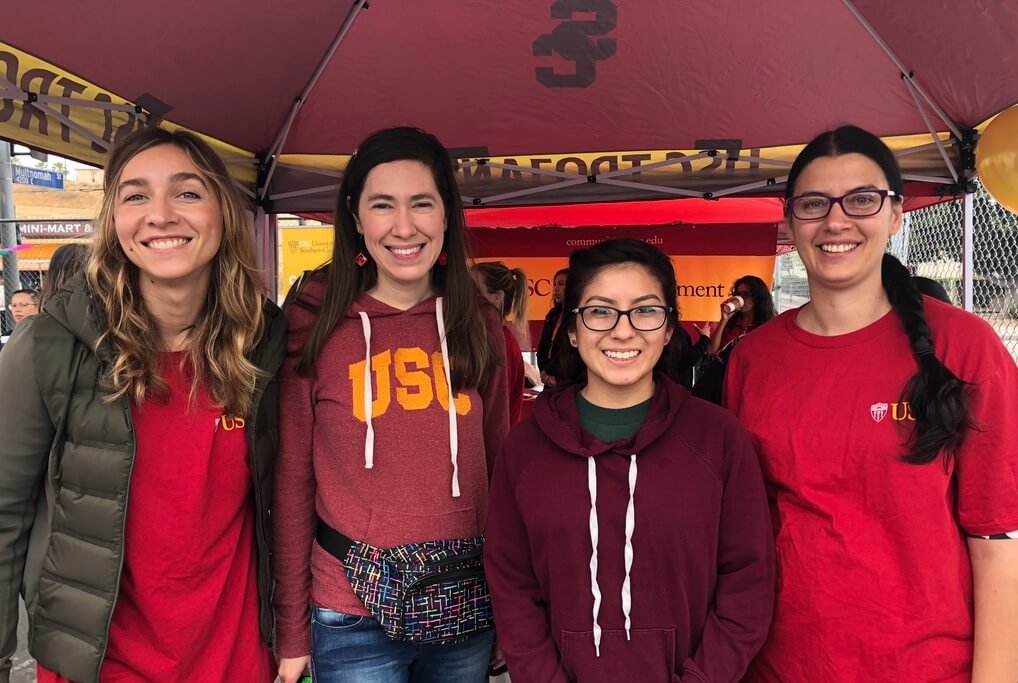
Professors Dilkina, Zavaleta & Vayanos Share Research with families in east Los Angeles
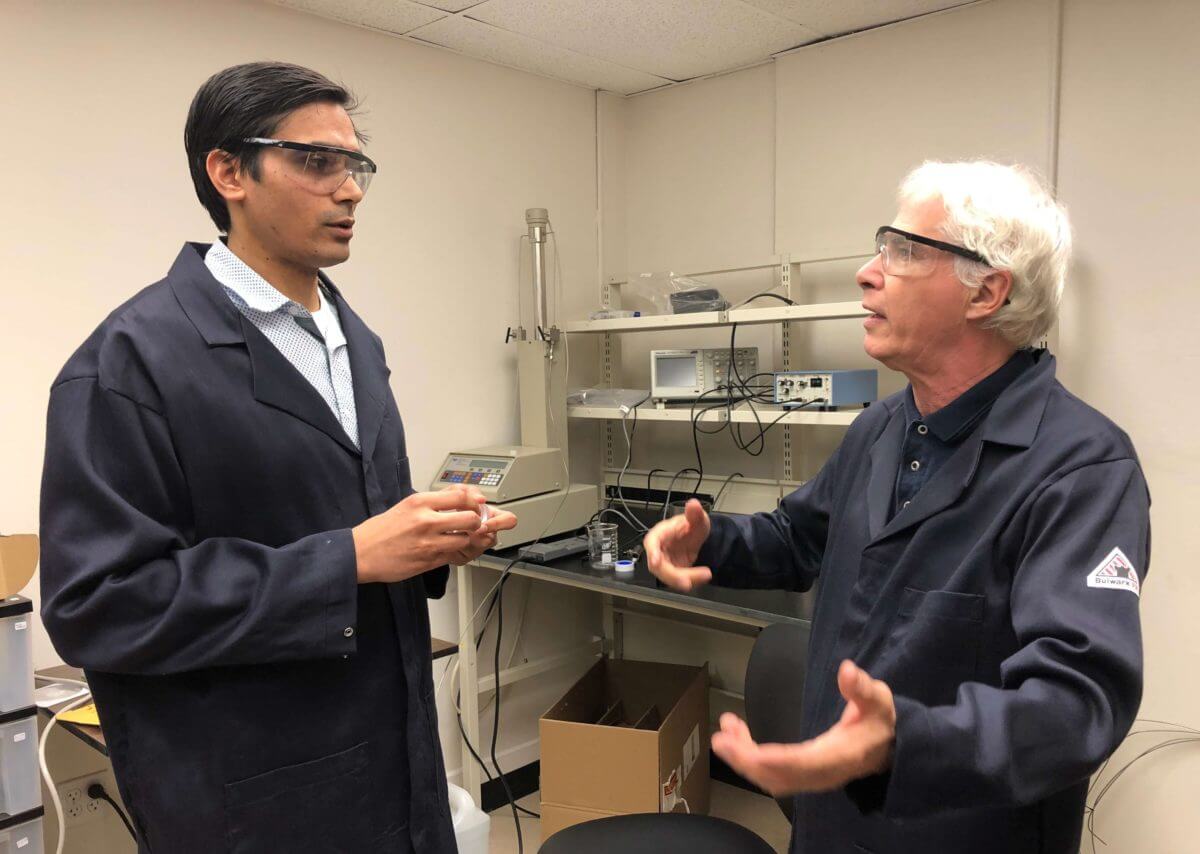
Professor Jha discusses Petroleum Research at John Adams Middle School
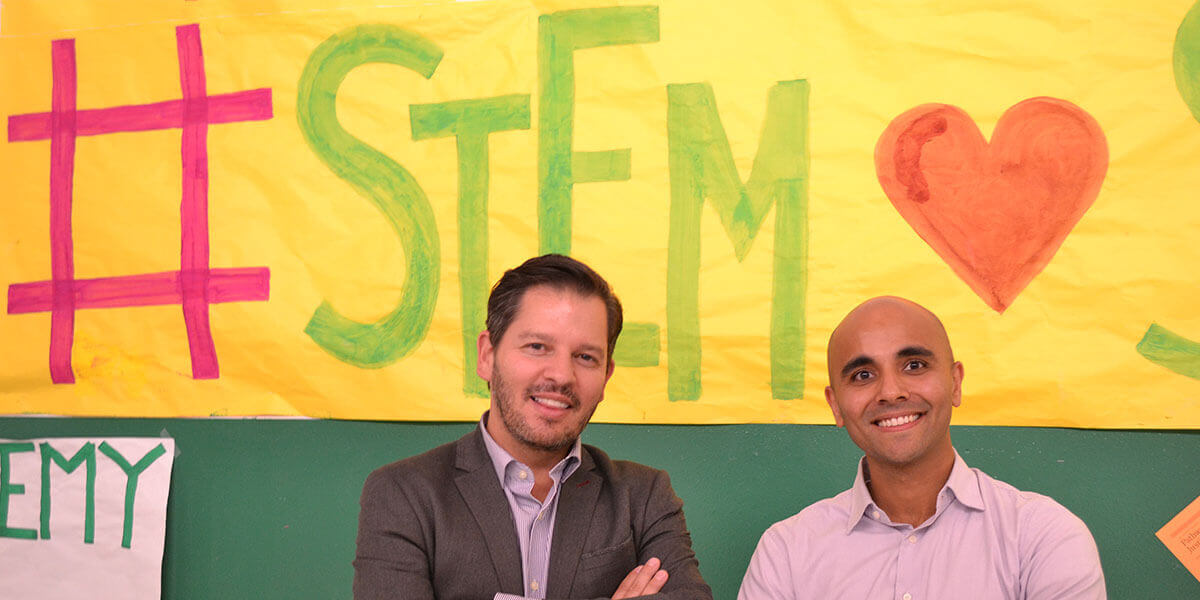
USC Professor Luhar Partners with STEM Academy of Hollywood
Published on March 26th, 2024
Last updated on April 3rd, 2024

